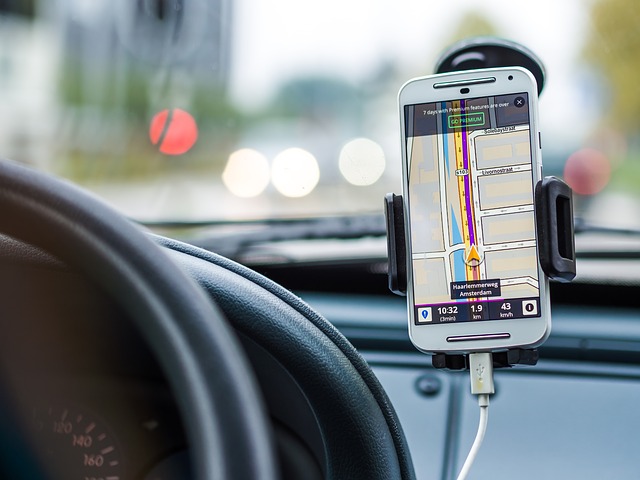“Deep Learning” is one of the major technologies of artificial intelligence. In April 2013, two and half years ago, MIT technology review selected “Deep Learning” as one of the 10 breakthrough technologies 2013. Since then it has been developed so rapidly that it is not a dream anymore now. This article is the final one in 2015. Therefore, I would like to look back the progress of “Deep Learning” this year and consider how it changes our daily lives in 2016.
How has “Deep Learning” progressed in 2015?
1. “Deep Learning” moves from laboratories to software developers in the real world
In 2014, Major breakthrough of deep learning occurred in the major laboratory of big IT companies and universities. Because it required complex programming and huge computational resources. To do that effectively, massive computational assets and many machine learning researchers were required. But in 2015, many programs, softwares of deep learning jumped out of the laboratory into the real world. Torch, Chainer, H2O and TensorFlow are the examples of them. Anyone can develop apps with these softwares as they are open-source. They are also expected to use in production. For example, H2O can generate the models to POJO (Plain Old Java Code) automatically. This code can be implemented into production system. Therefore, there are fewer barriers between development and production anymore. It will accelerate the development of apps in practice.
2. “Deep Learning” start understanding languages gradually.
Most of people use more than one social network, such as Facebook, Linkedin, twitter and Instagram. There are many text format data in them. They must be treasury if we can understand what they say immediately. In reality, there are too much data for people to read them one by one. Then the question comes. Can computers read text data instead of us? Many top researchers are challenging this area. It is sometimes called “Natural Language Processing“. In short sentences, computers can understand the meaning of sentences now. This app already appeared in the late of 2015. This is “Smart Reply” by Google. It can generate candidates of a reply based on the text in a receiving mail. Behind this app, “LSTM (Long short term memory)” which is one of the deep learning algorithm is used. In 2016, computers might understand longer sentences/paragraphs and answer questions based on their understanding. It means that computers can step closer to us in our daily lives.
3. Cloud services support “Deep Learning” effectively.
Once big data are obtained, infrastructures, such as computational resources, storages, network are needed. If we want to try deep learning, it is better to have fast computational resources, such as Spark. Amazon web services, Microsoft Azure, Google Cloud Platform and IBM Bluemix provide us many services to implement deep learning with scale. Therefore, it is getting much easier to start implementing “Deep Learning” in the system. Most cloud services are “pay as you go” so there is no need to pay the initial front cost to start these services. It is good, especially for small companies and startups as they usually have only limited budgets for infrastructures.
How will “Deep Learning” change our daily lives in 2016?
Based on the development of “Deep learning” in 2015, many consumer apps with “Deep learning” might appear in the market in 2016. The deference between consumer apps with and without “Deep Learning” is ” Apps can behave differently by users and conditions”. For example, you and your colleagues might see a completely different home screen even though you and your colleagues use the same app because “Deep learning” enables the app to optimize itself to maximize customer satisfaction. In apps of retail shops, top pages can be different by customers according to customer preferences. In apps of education, learners can see different contents and questions as they have progressed in the courses. In apps of navigations, the path might be automatically appeared based on your specific schedule, such as the path going airport on the day of the business trip. They are just examples. It can be applied across the industries. In addition to that, it can be more sophisticated and accurate if you continue to use the same app because it can learn your behavior rapidly. It can always be updated to maximize customer satisfactions. It means that we do not need to choose what we want, one by one because computers do that instead of us. Buttons and navigators are less needed in such apps. All you have to do is to input the latest schedules in your computers. Everything can be optimized based on the updated information. People are getting lazy? Maybe yes if apps are getting more sophisticated as expected. It must be good for all of us. We may be free to do what we want!
Actually, I quit an investment bank in Tokyo to set up my start-up at the same time when MIT technology review released 10 breakthrough technologies 2013. Initially I knew the word “Deep Learning” but I could not understand how important is is to us because it was completely new for me. However, I am so confident now that I always say “Deep Learning'” is changing the landscape of jobs, industries and societies. Could you agree with that? I imagine everyone can agree that by the end of 2016!
Notice: TOSHI STATS SDN. BHD. and I do not accept any responsibility or liability for loss or damage occasioned to any person or property through using materials, instructions, methods, algorithm or ideas contained herein, or acting or refraining from acting as a result of such use. TOSHI STATS SDN. BHD. and I expressly disclaim all implied warranties, including merchantability or fitness for any particular purpose. There will be no duty on TOSHI STATS SDN. BHD. and me to correct any errors or defects in the codes and the software.
